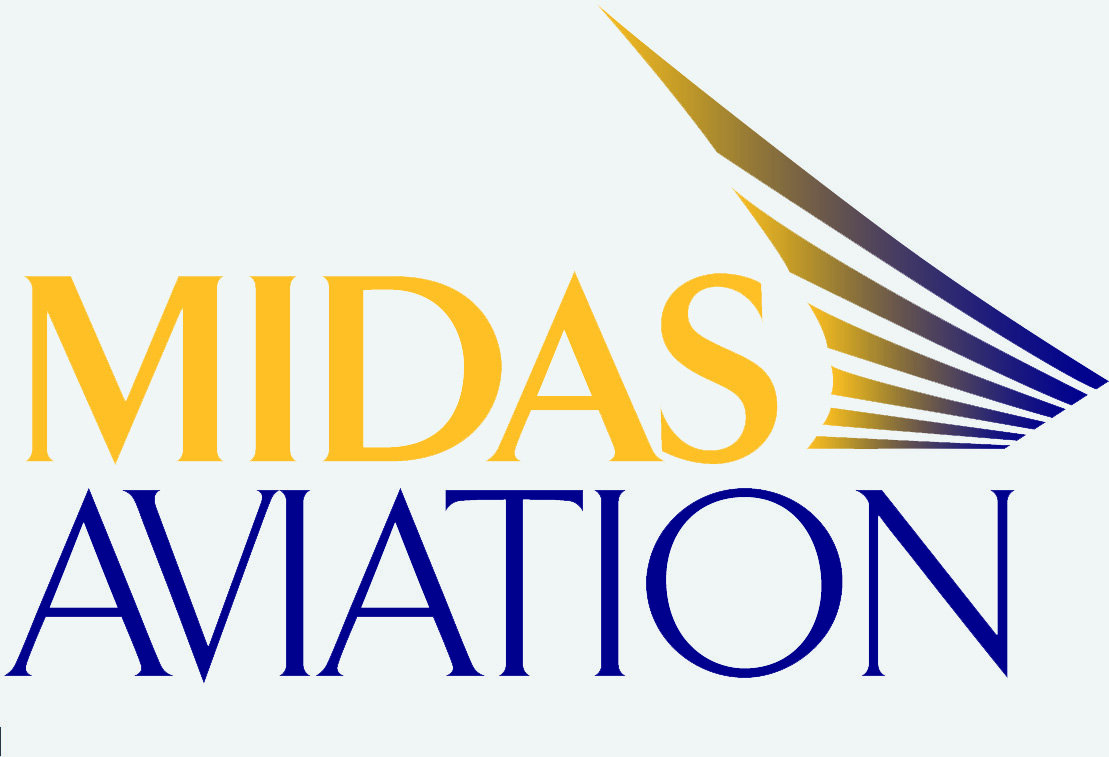Playing In the Sand Phuket’s Sandbox Experiment and The Need to Act
For most of 2020, Thailand, like the majority of Southeast Asian nations, pursued a zero-COVID strategy - and until the end of the year, this was largely successful, resulting in a strong domestic tourism rebound.
However, by the beginning of 2021, it had become apparent that the latest wave of cases was going to be harder to shift - cue various different lockdown measures implemented across the country, with a growing number of cases thanks to the Delta variant, and we arrive at 11 July’s peak of 9,539 cases, with Bangkok and 9 other provinces under a lockdown and curfew in all but name.
It therefore seems strange timing to reopen a country internationally, but this is exactly what Thailand has done.
On 1 July, it opened up the “Phuket Sandbox”, a concept which allows international (and Thai) vaccinated travellers into Phuket only, without having to serve a quarantine. The Sandbox is far from a scheme where vaccinated travellers can simply book online and arrive - certificates of entry need to be applied for, RT-PCR tests booked and paid for, and there are plenty of other caveats and hoops to jump through.
Whilst it is perhaps unremarkable for such a major tourist destination to reopen (after all, both the Maldives and Dubai have been reopened to unvaccinated international travellers since July 2020), in Southeast Asia it is most definitely remarkable. No other country has yet dared to allow vaccinated travellers in without quarantine - and few, bar the Philippines and Timor Leste, have even changed their policies to allow shortened quarantines for vaccinated travellers.
With cases growing exponentially on a daily basis across the region largely due to the Delta variant, lockdown measures which worked in 2020 are not cutting it in 2021.
Vietnam, one of the poster children for suppressing the virus in 2020 (and experiencing one of the highest levels of domestic aviation recovery), continues to struggle against its latest outbreak which is now centred around Ho Chi Minh City.
One of the reasons for the surge in cases across Southeast Asia is slow vaccination - Vietnam to date has only reached around 0.29% of the population fully vaccinated. Thailand is faring slightly better, at 4.68%, although it has now started to question the efficacy of the Chinese Sinovac vaccine which much of its earlier vaccination drive has relied on, and has announced that it will give its frontliners booster shots with AstraZeneca or Pfizer.
It is hard to see many other Southeast Asian countries quickly following Thailand’s example of reopening - Indonesia’s Bali Travel Corridor Arrangement touted for July has been postponed following a dramatic surge in cases. Cambodia has started to float the idea for Q4 - but not put any real definition into how a reopening could work. Vietnam has talked about opening Phu Quoc to Russian tourists. Malaysia, to open Langkawi. But none of these countries are ready to put definitive dates or guidelines on the table yet, which makes it increasingly difficult for tourism stakeholders to operate.
The Phuket Sandbox seems to have had moderate success so far, although it is far from the Tourism Authority of Thailand’s original goal of 1,500 tourists arriving per day. Between 1 to 11 July, 4,568 tourists arrived, and just 6 tested positive for COVID-19. There have been an average of 6 flights per day, and supposedly more than 100,000 room nights have been booked so far. 33 airlines have apparently filed requests to fly into Phuket between July to October.
Samui Plus, the next stage of Thailand’s reopening, is set to happen on 15 July. As a more restrictive scheme which does involve quarantine for the first few initial days on the island, it will be interesting to watch its popularity in comparison to that of Phuket.
The Thailand Prime Minister outlined an ambitious plan in June to reopen the whole of Thailand by mid-October. This is very much contingent on areas reaching a 70% vaccinated level. Right now, that could be unattainable, as vaccine supplies remain limited.
Nevertheless, there has been a shift in Thailand’s rhetoric towards a zero-COVID strategy, towards accepting that the virus is likely to be endemic: "We know there are risks involved. Some countries are seeing a new surge in new cases and fatalities and people from those countries are expected to visit Thailand. But we have to accept the risk,” the Thai Prime Minister said, at the launch of the Phuket Sandbox.
We will only see Southeast Asia start to reopen internationally as this acceptance of an endemic COVID-19 grows both from leaders themselves and the general public, coupled with a robust vaccination rollout to allay fears of international travellers transmitting the virus. Both of these are some way off yet.
Southeast Asia’s fear of catching the virus, shown in pink here, is much higher than the rest of the world. Source: https://yougov.co.uk/topics/international/articles-reports/2020/03/17/fear-catching-covid-19


